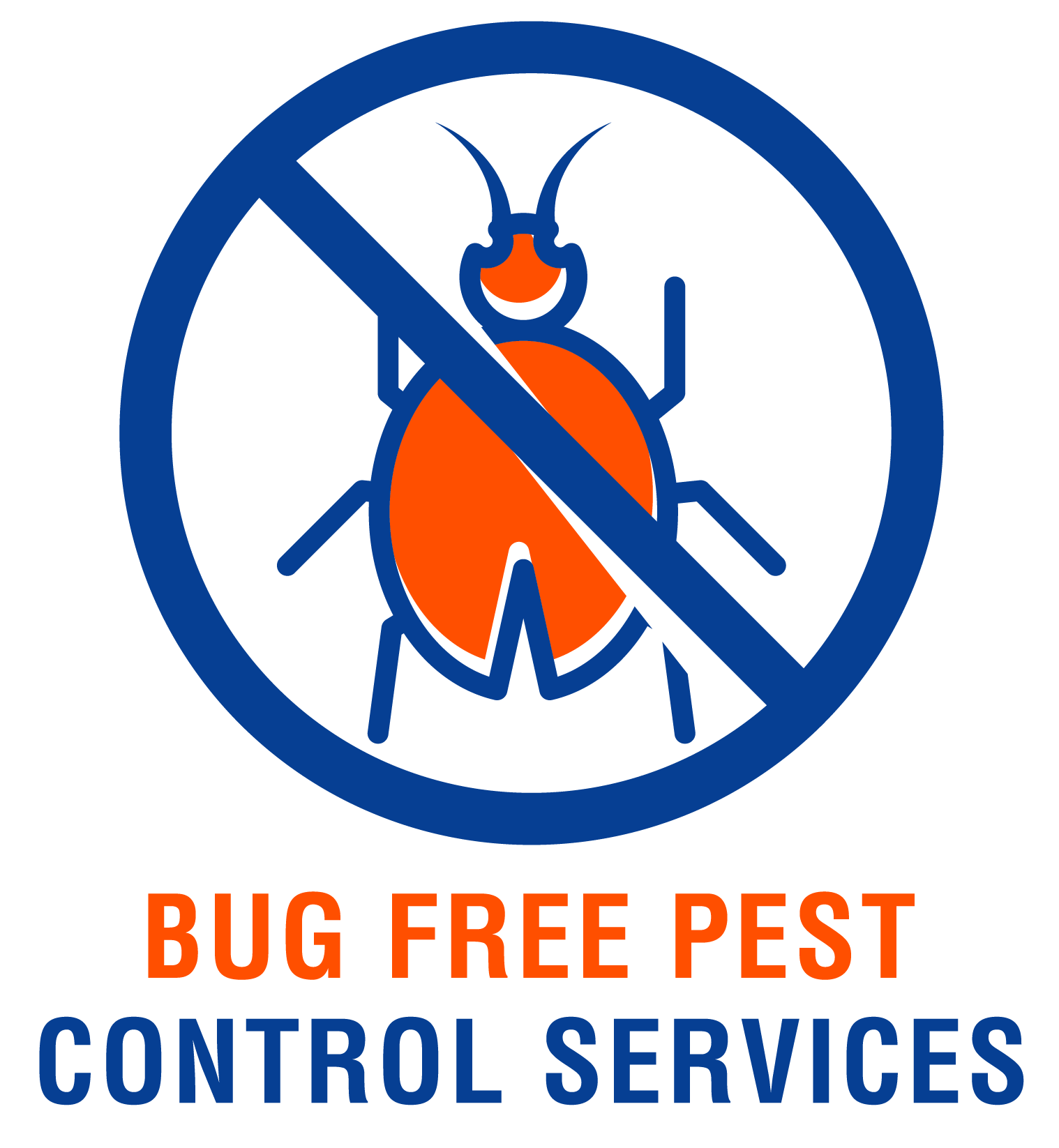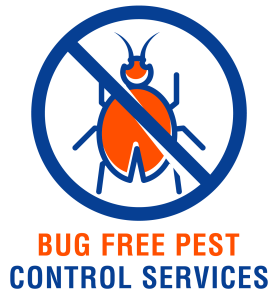Welcome to an informative article on effective ways to protect your beloved pets from pesky fleas and ticks. These tiny critters can cause discomfort and health issues for your furry friends, but with the right preventative measures, you can keep them safe and healthy. From topical treatments to natural remedies, we will explore various options to help you safeguard your pets from these common pests. By following these tips and tricks, you can ensure a happy and itch-free life for your pets. Have you noticed your furry friend scratching more than usual? It could be a sign that they have fleas or ticks. But don’t worry, there are effective ways to protect your pets from these pesky parasites. Read on to learn how you can keep your pets safe and healthy.
Understanding Fleas and Ticks
Fleas and ticks are common parasites that can infest your pets and cause a range of health issues. Fleas are small, wingless insects that feed on the blood of mammals. Ticks, on the other hand, are arachnids that attach themselves to their host and feed on their blood. Both parasites can transmit diseases to your pets, such as Lyme disease or tapeworms.
Signs of Flea and Tick Infestations
It’s important to be able to recognize the signs of flea and tick infestations in your pets. Some common signs include excessive scratching, red and irritated skin, hair loss, and small dark specks in your pet’s fur. If you notice any of these signs, it’s important to take action to protect your pet from these parasites.
Preventative Measures
Preventing fleas and ticks is much easier than treating an infestation. There are several measures you can take to protect your pets from these parasites.
Regular Grooming
Keeping your pets clean and well-groomed is essential in preventing flea and tick infestations. Regular brushing and bathing can help you spot any signs of parasites early on and remove them before they become a problem.
Use Flea and Tick Preventatives
There are several preventative products available on the market that can help protect your pets from fleas and ticks. These products come in various forms, such as spot-on treatments, collars, and oral medications. Consult with your veterinarian to determine the best preventative for your pet.
Keep Your Home Clean
Fleas and ticks can also infest your home, so it’s important to keep it clean to prevent re-infestation. Vacuum your carpets and upholstery regularly, wash your pet’s bedding in hot water, and keep your outdoor areas trimmed and free of debris where parasites can hide.
Natural Remedies
If you prefer a more natural approach to flea and tick prevention, there are several remedies you can try.
Essential Oils
Certain essential oils, such as cedarwood, peppermint, and lavender, are known to repel fleas and ticks. You can dilute these oils in water and spray them on your pet’s fur, or use them in a diffuser to keep parasites at bay.
Apple Cider Vinegar
Apple cider vinegar is another natural remedy that can help repel fleas and ticks. Add a small amount of apple cider vinegar to your pet’s drinking water or use it as a rinse after bathing to help keep parasites away.
Checking for Fleas and Ticks
Regularly checking your pets for fleas and ticks is essential in catching an infestation early on.
How to Check for Fleas
To check for fleas, part your pet’s fur and look for small, dark insects jumping or crawling around. You may also notice small black specks that look like dirt, which are actually flea feces.
How to Check for Ticks
Ticks are larger and easier to spot than fleas. Run your hands over your pet’s body and feel for any small bumps. Ticks can attach themselves anywhere on your pet’s body, so make sure to check every nook and cranny.
Removing Fleas and Ticks
If you find fleas or ticks on your pet, it’s important to remove them carefully to prevent further infestation.
Removing Fleas
To remove fleas from your pet, you can use a flea comb to help collect and trap the parasites. Make sure to dispose of any fleas you collect in hot, soapy water to kill them.
Removing Ticks
Ticks should be removed with tweezers. Grasp the tick as close to your pet’s skin as possible and pull it out gently and steadily. Avoid twisting the tick, as this can cause its mouthparts to break off and remain in your pet’s skin.
Conclusion
Protecting your pets from fleas and ticks is essential in keeping them healthy and happy. By understanding these parasites, taking preventative measures, and using natural remedies, you can effectively protect your pets from these pesky parasites. Remember to regularly check your pets for fleas and ticks, and remove any parasites carefully and promptly. Your furry friends will thank you for keeping them safe from these unwanted guests.


